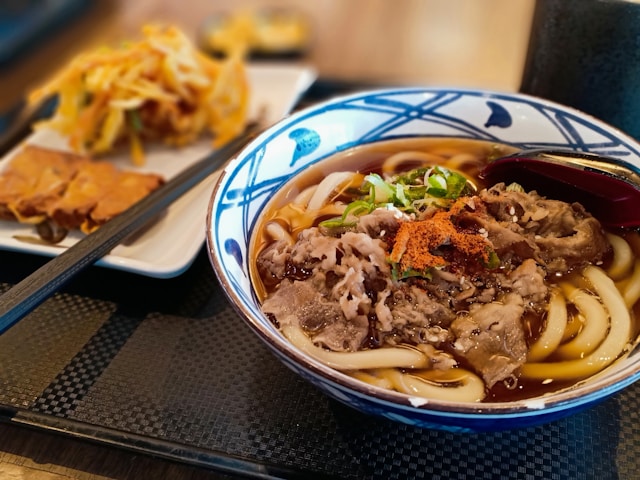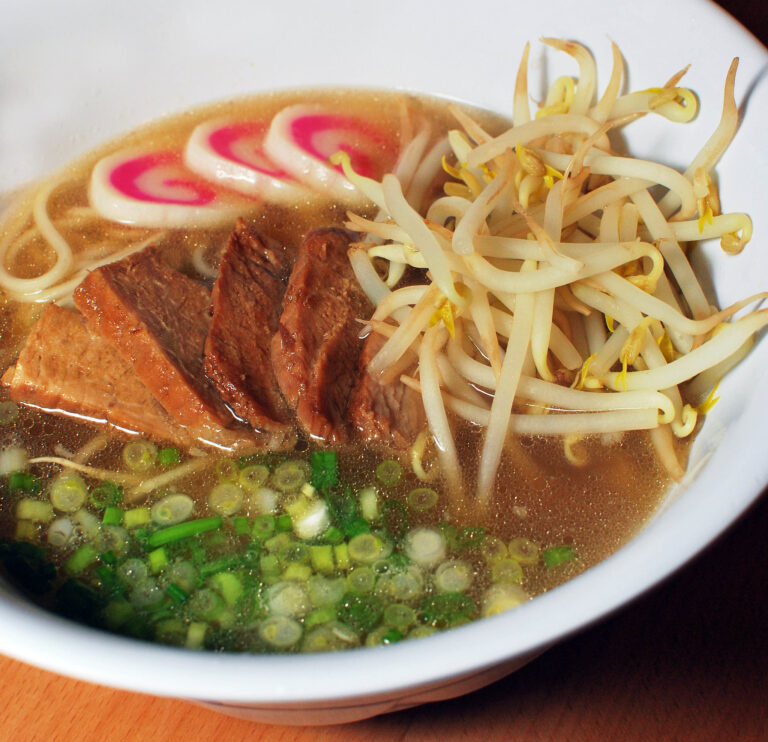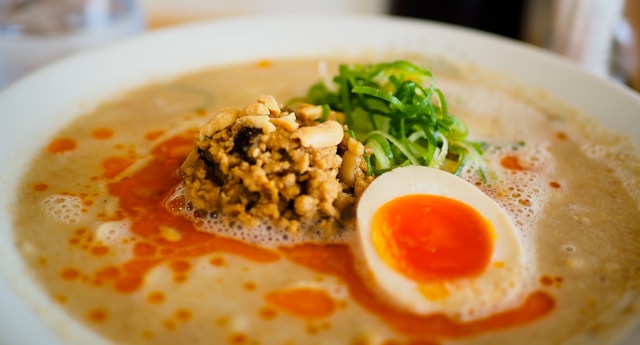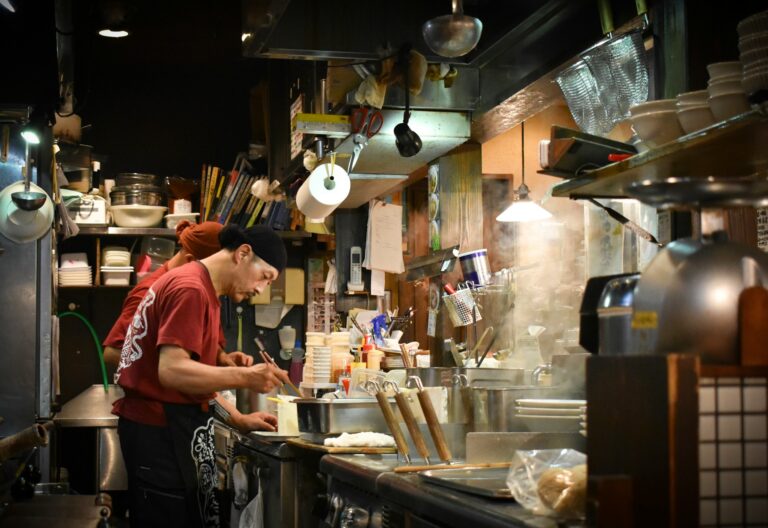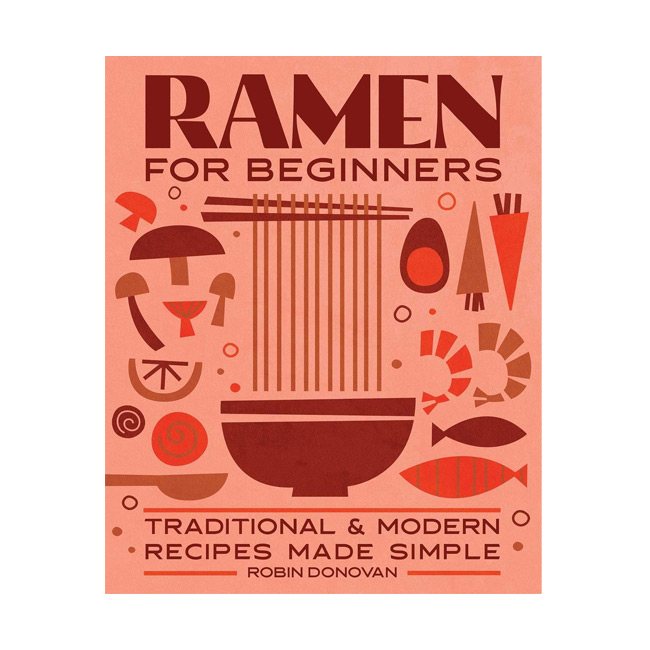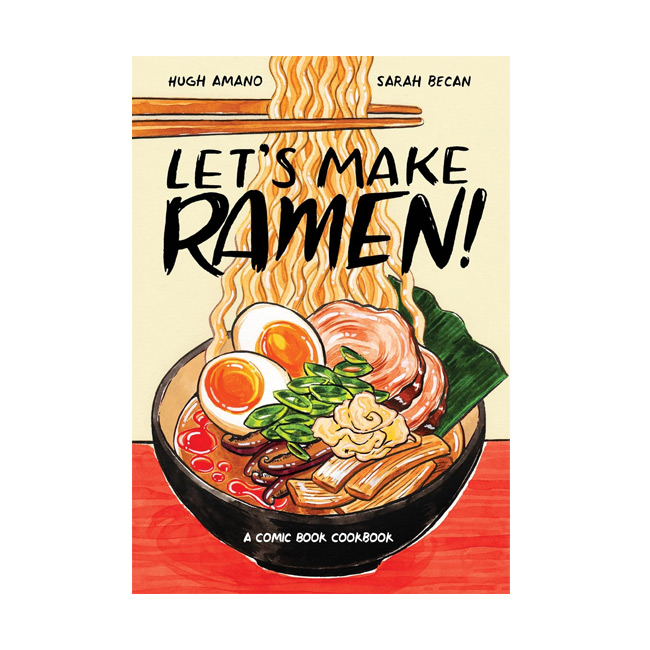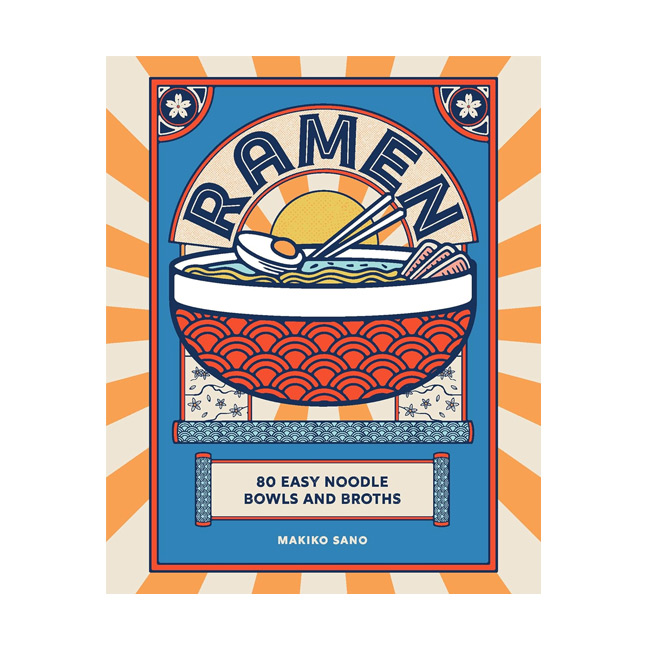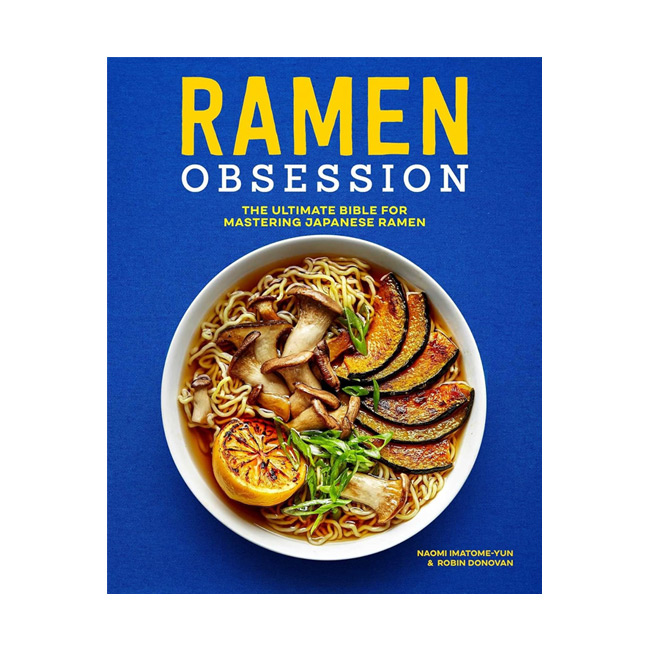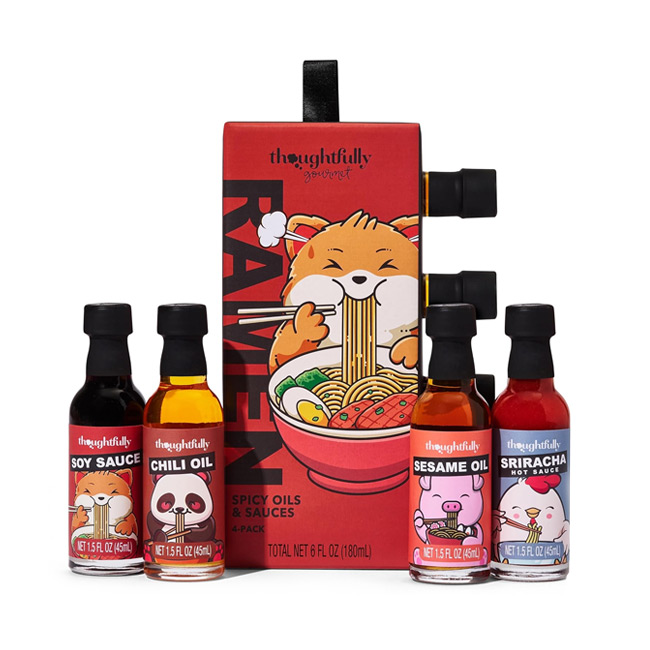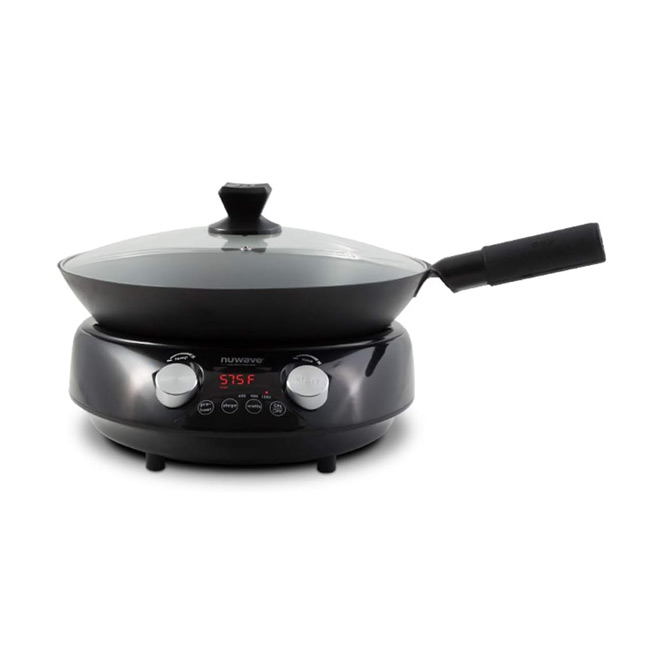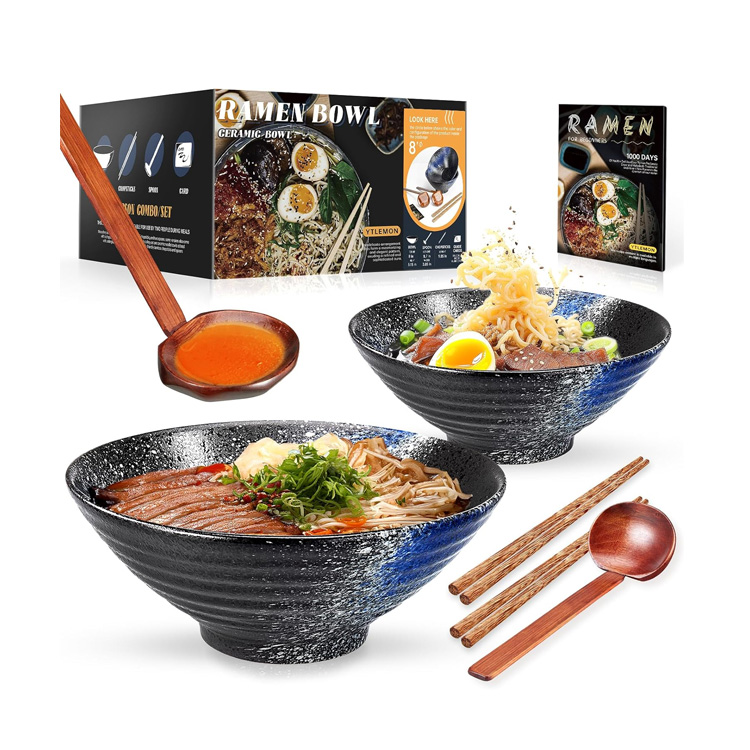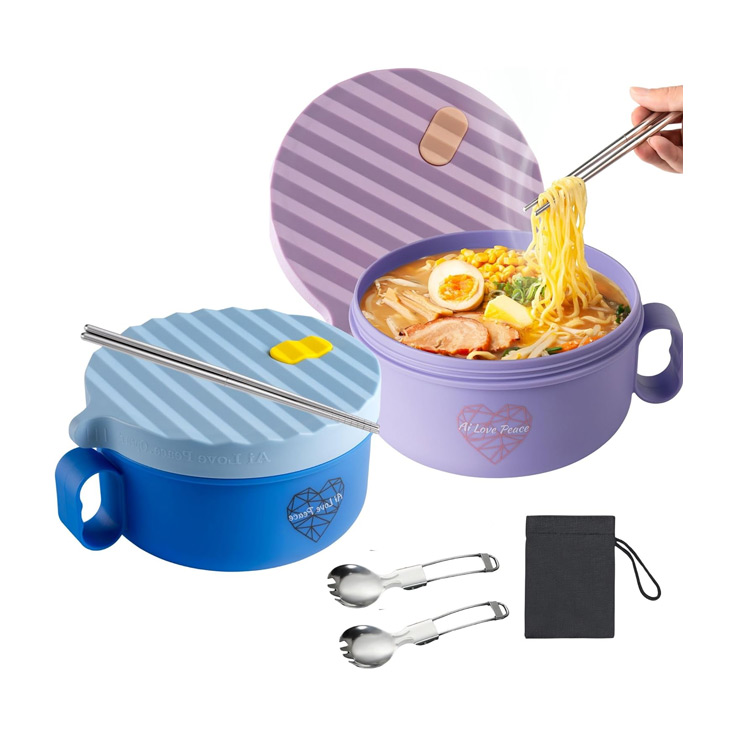Ramen has captured hearts (and stomachs) worldwide. However, as the popularity of this dish grows, so does the need to make it more sustainable.
From plant-based broths to biodegradable packaging, the ramen industry is innovating to ensure that our love for noodles doesn’t come at the planet’s expense.
Plant-Based Broths
One of the most exciting developments in sustainable ramen is the rise of plant-based broths. Traditional ramen often relies on meat-based broths like pork, chicken, or beef, which can have a significant environmental impact due to the resources needed for livestock farming. Enter plant-based alternatives. These broths use ingredients like mushrooms, seaweed, and various vegetables to create rich, umami-packed flavors that rival their meat-based counterparts.
For example, some ramen shops are experimenting with kombu (kelp) and shiitake mushrooms to achieve that deep, savory taste known as “umami.” These ingredients not only reduce the carbon footprint but also cater to the growing number of vegetarians and vegans.

Biodegradable Packaging
Instant ramen has long been a staple for its convenience, but it comes with a downside: plastic waste.
Traditional instant ramen cups and wrappers contribute to the global plastic pollution problem. Thankfully, some companies are taking steps to change this by introducing biodegradable packaging.
Innovative materials like compostable plastics and paper-based packaging are being used to create instant ramen containers that break down more easily in the environment. Brands like Nissin and others are investing in research to develop packaging that keeps the ramen fresh while being kinder to the planet.
Sustainable Sourcing of Ingredients
Sustainability in ramen also extends to how the ingredients are sourced. Some ramen shops and manufacturers are committing to using sustainably grown and harvested ingredients. This can include everything from organic vegetables to responsibly sourced seafood and poultry.
For instance, using local, organic produce reduces the carbon footprint associated with transporting ingredients over long distances. Additionally, supporting farms that practice sustainable agriculture helps promote biodiversity and healthier ecosystems.
Some ramen chefs are even growing their own vegetables and herbs to ensure freshness and reduce environmental impact!

Reducing Food Waste
Another key aspect of sustainability in ramen is minimizing food waste. Some innovative ramen shops are adopting nose-to-tail cooking methods, where every part of an ingredient is utilized.
This approach not only reduces waste but also creates new and exciting flavors. For example, using vegetable scraps to enhance broths or incorporating leftover bones into stock helps make the most out of available resources.
Community and Education
Sustainability is not just about changing practices but also about educating and involving the community. Many ramen shops are hosting workshops and events to raise awareness about sustainable eating and cooking practices.
By engaging customers in the conversation, they can inspire more people to think about the environmental impact of their food choices.
Conclusion
The future of ramen is looking greener, with innovative efforts to make this beloved dish more sustainable. From plant-based broths and biodegradable packaging to sustainable sourcing and reducing food waste, the ramen industry is taking significant steps towards eco-friendly practices.
So, next time you enjoy a bowl of ramen, take a moment to appreciate the delicious flavors and the efforts behind making it a more sustainable meal. Bon appétit and happy slurping!


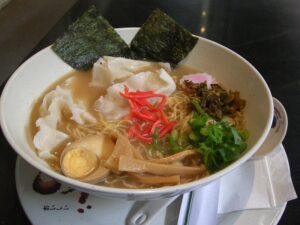
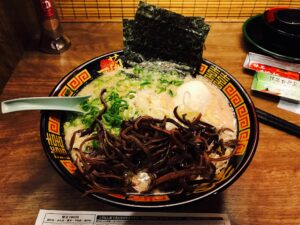
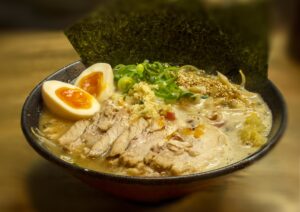
![Types of Ramen: Hakata Ramen. Image courtesy of [cipher] via Flickr Commons.](https://ramendatabase.com/wp-content/uploads/2024/06/Types-of-Ramen_Hakata-Ramen-300x199.jpg)







